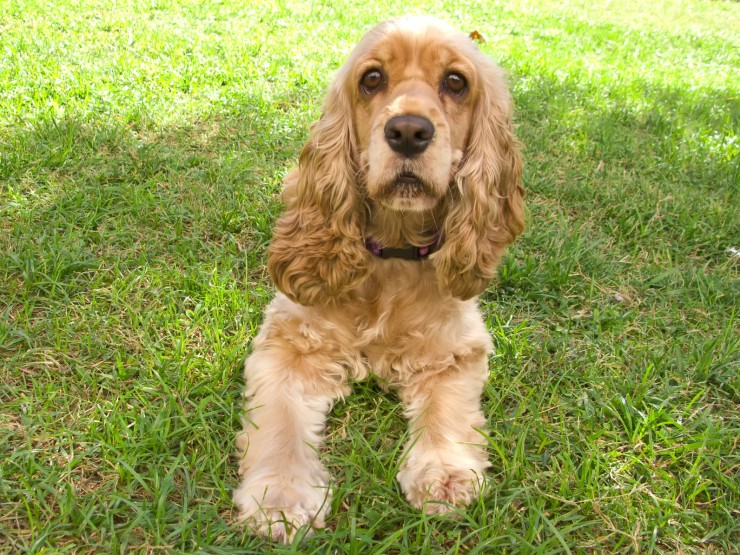

A hernia is a type of internal problem that can affect both people and dogs, and occurs when a tear develops in the wall of the abdomen, and organ tissue or potentially fat pushes out through it. Hernias can either be present from birth as a congenital defect, or develop later in life due to a weakness in the abdominal wall, or an injury. Many people assume that herniation only affects male dogs, and while they do tend to be more common in males, females can be affected as well.
Hernias come in several different forms, but all of them are serious and potentially life threatening, and require prompt surgical intervention in order to correct them.
In this article, we will look at the symptoms, diagnosis and treatment of canine hernias in more detail, and what to do if you spot a problem. Read on to learn more.
Dogs can potentially develop five different types of hernias, which are discussed in more detail within this article. How serious the hernia itself is will depend on what type of herniation has occurred, and how far it has progressed; the five types of canine hernias are as follows.
Hernias are caused by organ or fat tissue protruding from a tear in the abdominal wall. This can occur due to an accident, or as a congenital defect. In the case of diaphragmatic hernias, some breeds of dog seem to be more prone to being born with the congenital version of the condition than others, including the Weimaraner and the Cocker spaniel.
Hernias of all five types are also further divided into two subtypes as well, which are known as simple or unobstructed, and strangulated, which happen when the abdominal wall restricts or cuts off the blood supply to the part of the affected organ that is protruding through the tear. This can ultimately lead to the necrosis of the affected tissue, which spreads rapidly and can lead to gangrene.
All of the different types of canine hernias have different sets of symptoms, but there are several symptoms that are common to all types of hernias. Generally, these will include an externally visible lump or bulge in the area of the hernia itself, and generally, lethargy and a lack of thirst and appetite will accompany this. Vomiting may also occur if the herniation obstructs the normal passage of food through the digestive tract.
In the case of strangulated hernias, the restriction of the blood supply to the affected region can be very painful, and may also come accompanied by a higher than normal temperature. Strangulated hernias lead to the rapid die-off of the affected tissue, which can then lead to rupture, swelling and/or infection, and the spread of toxins throughout the body due to the tissue’s necrosis.
If your dog has an odd bulge somewhere on their abdomen, even if this does not appear to be bothering them at all, you must take your dog to the vet for investigation, as the risk of strangulation is ever-present. Your vet will then perform a thorough physical examination of your dog, including likely taking an ultrasound scan, x-ray and blood tests, in order to identify the location, size and condition of the hernia, and if strangulation has occurred.
The only way to correct a hernia is via surgery, during which your vet will replace the organs or protruding tissue back in their correct places, and close up the hole in the abdominal wall itself. Left unchecked, a strangulated hernia can prove fatal for the dog in as little as 24 hours, and as you will not be able to tell just by looking whether or not a hernia is strangulated or at risk of strangulation, prompt veterinary treatment is vital.
Dogs that have suffered from a congenital hernia should not be used for breeding, as the condition is often hereditary and can lead to problems later in life for the dog’s subsequent offspring.
 Train Your Wild Pup In No Time Flat
Train Your Wild Pup In No Time Flat
When you a
Train Your Wild Pup In No Time Flat
Train Your Wild Pup In No Time Flat
When you a
 How A Dogs Behaviour Can Change With Old Age
How A Dogs Behavi
How A Dogs Behaviour Can Change With Old Age
How A Dogs Behavi
 Ways To Exercise A Dog When You Are Out Of Action
Ways To Exercise
Ways To Exercise A Dog When You Are Out Of Action
Ways To Exercise
 Cat Breeding - Getting Started
Cat Breeding - Ge
Cat Breeding - Getting Started
Cat Breeding - Ge
 Caring For Your Dog During The Winter
Caring For Your D
Caring For Your Dog During The Winter
Caring For Your D
Copyright © 2005-2016 Pet Information All Rights Reserved
Contact us: www162date@outlook.com